This is an updated reposting of an article originally written by Dennis Nosco for this site three years ago. With the International Signing Period starting up today (July 2nd), I felt this was a good article to update and repost as it pretty well explains the whole international signing process. It should also be noted that all comments from Lino Diaz and John Mirabelli are from three years ago and that their original quotes have not been altered in any way.
Major League Baseball is truly an international game.
It has the first-year player draft for US and Canadian players that was just completed in June this year. Almost all Indians’ fans know about this, at least to some extent, as it is widely publicized. But there is another source for amateur talent probably as important, if not more important, than the draft that we all sort of know about but really don’t know about: foreign free agent signings (both amateur and professional).
Most recently, Indians fans have seen the importance of international signings as Latin America has provided us notable Indians such as Fausto Carmona and Victor Martinez. The Pacific Rim has produced major leaguers for the Indians such as Shin-Soo Choo (via
Seattle), Kaz Tadano, and Masa Kobayashi.
In 2004, 45% of players in professional baseball were not born in the
US. At the major league level in 2005 60% of players were Caucasian, 8.5% African-American, 28.7% Latin and 2.5% Asian. In 2006 28.7% of players on MLB opening day rosters were born outside of the
US. In the 2007 MLB All-Star game there were 32 Caucasian, 20 Latin, 10 African-American and 3 Asian players which translates into 35% of the All-Star rosters being made up of players not born in the
US and who were signed as international free agents.
Although a world-wide draft has been proposed, it has never happened. So, what is left is a free-for-all in which teams bid against each other for the top talent. Talent can be as young as 16 years old for Latin prospects like stud prospect Elvis Araujo was when he signed with the Indians in 2007, and as old as the mid-30s like Masa Kobayashi who signed with the Indians in 2007.
This article is designed to be a primer about international free agent signings (primarily Latin America and the
Pacific Rim). The ‘international signing period’ begins this year on July 2nd. Because international free agency and the process of acquiring talent in this way is not talked about very much, in turn very little is known about the actual process. Site contributor Dennis Nosco sought to answer some of those unknowns with the international process when he originally wrote this piece in the summer of 2007, and in doing so was able to talk to Indians Director of Scouting John Mirabelli and also Lino Diaz who at the time was the Indians Director of Latin Operations. Both were gracious to him in giving a lot of time and insight into the international setup.
The Basics and the Nuances
What is the international free agent market? The US (including territories like Puerto Rico) and
Canada are covered by the rules of Major League Baseball’s first year player draft. However, players from the rest of the world are not covered and usually cannot be drafted. Therefore, signing rest-of-world (usually defined as Latin America and the Pacific Rim (i.e.,
Japan,
Korea,
Taiwan and
Australia, primarily)) players is a free-market free-for-all where the highest bidder usually gets the player. A few players are also signed out of
Europe.
There are some rules, but not many.
For instance, in
Latin America the ability to sign a professional baseball contract is related to the player’s age alone. There is a so-called “international signing period” (July 2nd to August 31st) but it isn’t really a defined period like in the
US where all draftees have to sign before August 15th or be lost. If a Latin American player turned 16 before July 2, 2010 but after August 31, 2009 then he can sign starting on July 2nd of this year. If he turns 16 between July 2, 2010 and August 31, 2010 he can sign starting on his 16th birthday. If he turns 16 AFTER August 31st of this year he has to wait until July 2, 2011 before he can sign.
Players above the age of 16 on July 2nd of 2010 (i.e., players who didn’t sign when they turned 16) can sign whenever they want. So, if you don’t look closely at the players’ age, it appears that signing players is taking place year-round which, which for the older players it is. Verification of age is very important with Latin players and if the Indians signed an underage player, as they did in 2002, MLB can and will bust them….hard!
In the Pacific Rim countries and in
Europe, signing of international free agents by MLB teams is related to each country’s educational system rather than to the age of a player. Players cannot sign professional contracts until they have graduated from high school. Thus the international signing period described above doesn’t apply at all to
Pacific Rim countries.
In both Latin America and the Pacific Rim, once the requirements for being able to be signed to a professional baseball contract are fulfilled, a player can sign at ANY time with a
US team.
Another difference you will notice with these international free agents is that for a lot of these signees their first taste of baseball after signing as professionals won’t even be in the
United States as it is for all
US first year player draft signees. Some Australian signees as well as some signees from
Korea and
Taiwan will attend the
Australian Baseball Academy for part of a year or more before playing in the
US. All of the Indians’ 2010 Latin signees will start playing in 2010 on the Indians’ Dominican Summer League team while attending the Indians’
Dominican Baseball Academy. The Indians used to send some players to Venezuela after they signed but a while ago stopped supporting a team there and so now all of the Indians’ Latin free agent signees will start in the Dominican (at least this year).
The Money Game
Some people may think we sign these Latin American free agents for very little. Well, maybe 7-10 years ago but not now. Now we are talking about year-round scouting and bidding wars between teams. This has, in turn, led to large bonuses as teams get more aggressive in
Latin America.
In 2008 there were five Latin free agent teenagers who signed for bonuses of $2 million or more. At least 20 other Latin players signed for bonuses over $500,000 including two players the Indians signed, SS Jose Ozoria ($575,000) and catcher Alex Monsalve ($750,000). Contrast this to the recent past where the Indians signed players like Fausto Carmona and Victor Martinez for bonuses in the neighborhood of $10,000.
Now to sign a player of any quality in
Latin America it will usually cost you from $50,000 on up. Given the history of Latin players dramatically impacting US major league teams, it appears MLB teams are willing to take that financial risk for the potential reward down the road. There is such a density of talent in
Latin America that most teams scout this relatively small area extensively. With scouts from 30 teams swarming all over small countries like the
Dominican Republic the competition is fierce. Not only do teams have to pay really high bonuses to kids who may not make the major leagues for up to seven years, but due to the competition they have to build relationships with players and their families to even have a chance to sign a young prospect.
Another challenge in
Latin America is that there are no high school or college teams. That means the looks teams get at players are very limited. Players eligible to sign in a particular year will come in and do tryouts usually lasting a day or two for each team. These tryouts occur at a team's local baseball facility, normally known as a baseball academy, or, for teams that don't have one, at a local sandlot field. So, even if they do this twice for each team, those may be the only looks a team gets at a player and they may not be under the best playing conditions.
As if the money, lack of scouting opportunities and relationship hurdles are not enough to deal with, there are other challenges to signing Latin prospects. Steroid use in
Latin America is
rampant. Kickbacks to the ‘agents’ to get these players to sign and to scouts for recommending these players is a
documented problem.
Finally, players
misrepresenting their ages is always a problem in
Latin America and MLB has investigators who verify ages and even the identity of a player. Major leaguers like
Miguel Tejeda and a number of minor leaguers have had their true ages questioned. For the Indians, the well-documented case of Kelvin Diaz, whose birthdate couldn’t be verified because he wasn’t born in a hospital, is a reminder that talented Latin players might not even be able to play in the
US if their ages and, in some cases, identities can’t be verified.
Still, with all this going on, teams are willing to sink millions into scouting and signing these prospects even though they are a long way from the majors.
Nosco had a chance to talk with Lino Diaz - the Indians former Director of Latin Operations - a number of questions about the Latin free agent signing process and other related matters, and the Q&A is below:
Q: In the new Collective Bargaining Agreement it seemed like signing guys to following year contracts went away and that their Rule V clock started when you signed them. Could you please explain if it is different for Latin signees.
A: This means that these players will start playing professionally in the next season. The Rule V rules apply to these guys from when they signed so even though they don’t play in the
US next year their Rule V clock has started.
Q: How is the competition for signing Latin players today different from the way it was 5-7 years ago and do you anticipate any changes in the Latin free agent system in years to come?
A: More major league teams are involved in Latin American and those teams are being more aggressive, being willing to make larger bonus offers even while getting fewer “looks” at the players they are making these offers to. In
Latin America there are no high school teams or organized summer leagues to scout these players. Almost all the scouting is done in individual workouts as it has for many years. Still teams are willing to gamble large sums of money because they know the impact the next Miguel Cabrera (current Tigers’ 1st baseman) could have on their major league team. As far as the system changing, I think as the years go by changes will come but they will be driven by Major League Baseball. I don’t know what those changes would be but I could see MLB putting more structure into the system.
Q: Do you see there being a world-wide draft anytime soon?
A: No, I think the current free agent system actually works. Given that there is no infrastructure that would allow you to scout Latin players like we do US players I just don’t think this would work.
Q: Given that you are signing these kids at 16 years old and maybe not even out of low A ball by the time they are Rule V-eligible, doesn’t this present a serious risk to losing these guys before you even know what you have in them?
A: Yes, there is some risk in signing a kid this young. However, we do a lot of work in judging not only these kids’ athleticism and baseball ability but also their makeup. Having the
Dominican Academy also allows us to accelerate their development and lessen the risk of losing a player before you know what you have in them.
Q: Do [any signees come right away to the
US] or [do they all] start their pro careers in the Dominican Summer League?
A: All of our Latin signees normally play in the Dominican Summer League the year after they are signed. Some guys will take up to 3 years playing in the Dominican before they are ready to ‘travel’ (i.e., go to the US to the instructional league and/or spring training and/or a rookie level team). We feel that they need at least one season to get acclimated to pro ball before we allow them to travel.
Q: The Yankees, along with other big market teams, seem to be throwing a lot of money around in
Latin America. Do you think that the big market clubs are going to make it difficult for the mid- and small-market teams to compete for signing impact prospects in the future?
A: It will always be a challenge. We feel if we concentrate on the players we want and pick and choose our battles (for prospects) with the large market teams and find those places in
Latin America where we can still outwork other teams we can be successful. Although I don’t want to say where those places are they do exist.
Q: Do you ever see
Cuba opening up and allowing their players to play in the
US without having to defect? Do you guys actively scout players from
Cuba right now?
A: That day is going to come. I don’t know when. We do attend tournaments that have Cuban teams in them and we collect information on their players but we don’t follow them that closely, getting all of our information from those tournaments.
Scouting The Rim
Although Latin America represents a huge piece of the puzzle for US teams looking for international talent there is another area producing a lot of top prospects if not top major leaguers: The Pacific Rim.
This encompasses primarily
Korea,
Taiwan,
China,
Japan and
Australia although we are pretty sure this road trip doesn’t include
Singapore or
Hong Kong. The Indians have spent money in recent years on prospects from the Pacific Rim, signing Taiwanese amateur players RHP Takafumi Nakamura (2009), RHP Chen-Chang Lee (2008), C Chun Chen (2007) and RHP Sung Wei-Tseng (2007) and Australians Jason Smit (2006), Trent Baker (2007) and the since-released Jacob Reust (2007) in addition to Korean veterans Hyang-Nam Choi (2007) and the already mentioned Masa Kobayashi (2008) from Japan.
So far, these moneys have not been well-spent as the Indians have little to show for it. In fact, Shin-Soo Choo (
Korea), obtained in a 2006 trade with
Seattle, is the only
Pacific Rim player on the Indians big league roster. It should be noted that the Indians did make an unsuccessful attempt to get Aki Iwamura (2007) from Japan, but they lost out as Tampa Bay was the only team to outbid them and he signed a very reasonable contract with them and has been
productive ever since. It should also be noted that the Indians have made some changes in their
Pacific Rim scouting setup and fired the scouts they had out there in recent years and replaced them with Dave DeFreitas.
Dennis Nosco had a chance to talk to Indians Scouting Director John Mirabelli back in the summer of 2007 about the
Pacific Rim and international scouting overall, two things he oversees. Here is the Q&A from that discussion three years ago:
Q: Tell me a little about how the Pacific Rim differs from Latin America in terms of the guys you sign and how old they are when you sign them?
A: The main difference is that the ability to sign a professional baseball contract with a
US team is tied to the player having graduated from high school. Also, in
Latin America there is no organized amateur baseball to speak of. In the
Pacific Rim there are tournaments, leagues and baseball academies where you can go and get a lot of looks at players. However, the quantity of available, good prospects is much greater in
Latin America.
Q: How has scouting and trying to sign prospects in the
Pacific Rim changed over the past few years?
A: I have been involved in the
Pacific Rim for a number of years. Not as many teams scout the Pacific Rim although that number is increasing which, in turn, makes the competition for players in Taiwan, Korea, Australia and Japan more intense and teams are being more aggressive. Unlike Latin America, baseball interest in the
Pacific Rim has not exploded yet which limits the total number of good prospects available in these areas.
Q: Explain a little about how the new collective bargaining agreement has effected the Rule V clock for international players and has that changed your strategy at all for signing these kids both from Latin America and from the
Pacific Rim?
A: It doesn’t really impact our strategy for signing kids. The extra development year in the new CBA does help in development time but we get a good enough read on these kids in the first two years that we can tell what we have in plenty of time to make those decisions.
Q: Do you think we need a world-wide draft?
A: Not yet. What might work better right now is to put a cap on the bonus budget teams can have in any one year to sign international free agents. If a team wanted to spend most of its budget on one player it could do that but that would prohibit it from signing other high-priced international free agents that year.
Q: How do you compare this
Pacific Rim signing group [of recent years]?
A: That is a tough comparison to make. The number of good prospects is so low in any given year in the
Pacific Rim that the strength of your group in any year can vary dramatically. I don’t think the
Pacific Rim will ever be about volume. We will stay aggressive. What we ARE trying to do is to establish a presence in these countries and an identity in this market. We want people to know who the Cleveland Indians are and the positives about our organization. Establishing identity in this market is crucial to success right now. Eventually we hope to consider scouting in mainland
China but that area is very raw right now and the level of play is not that great.










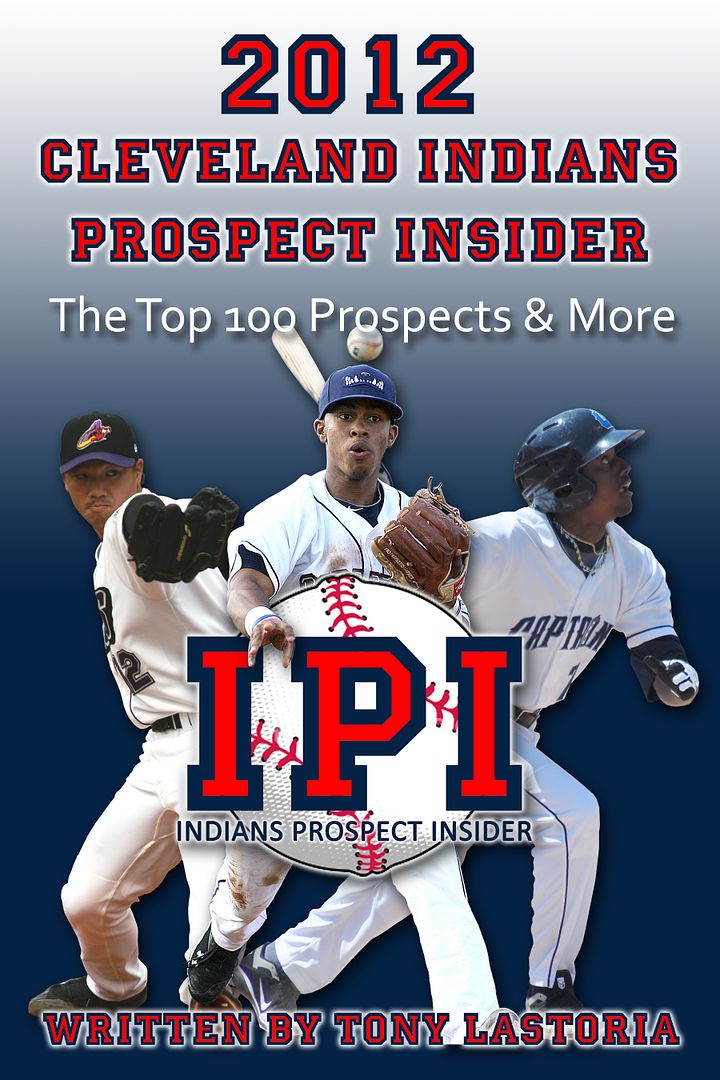
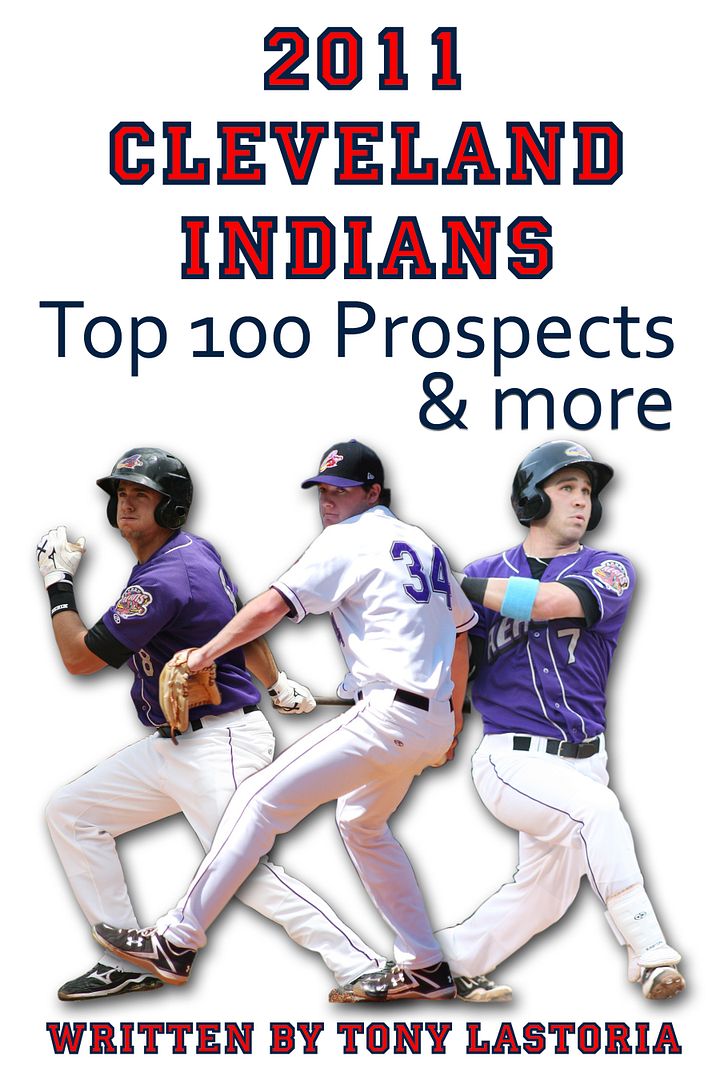
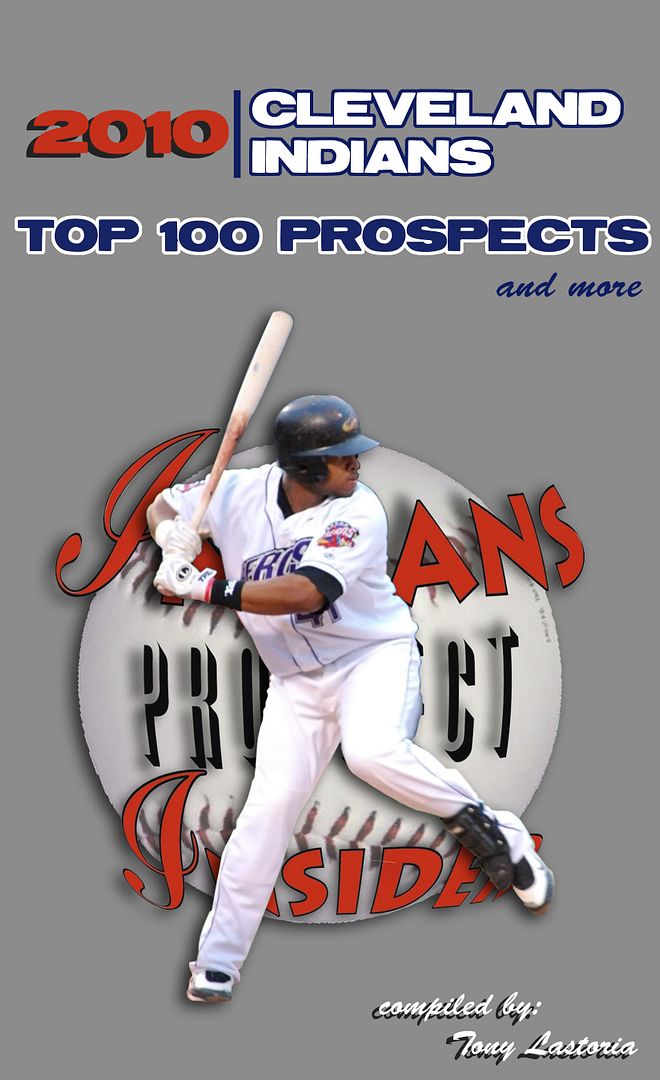
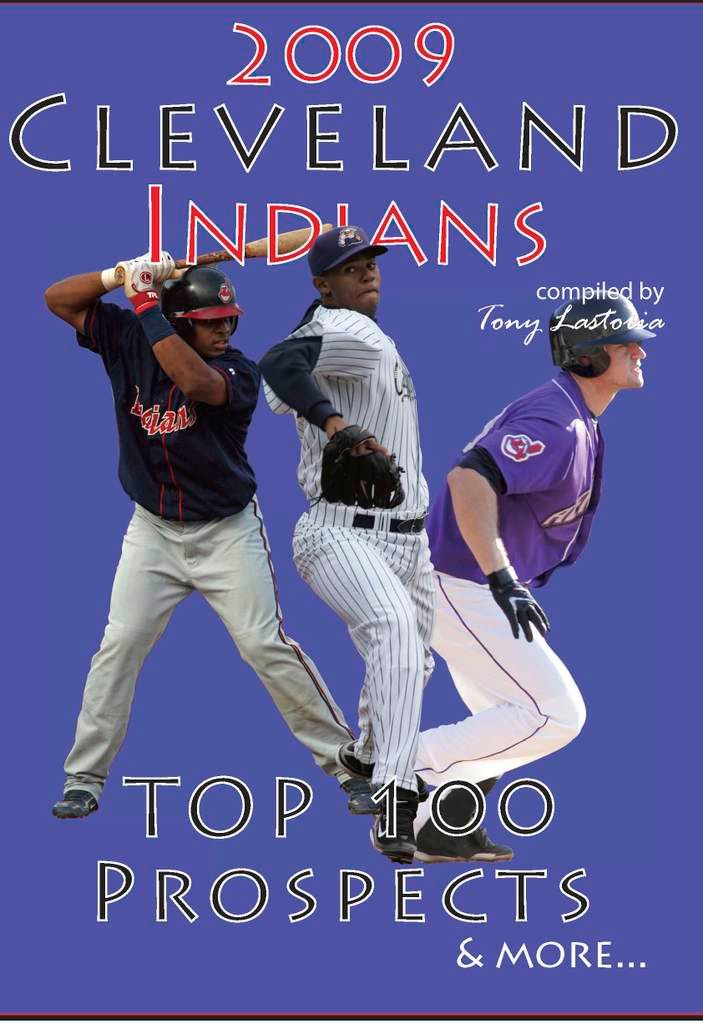
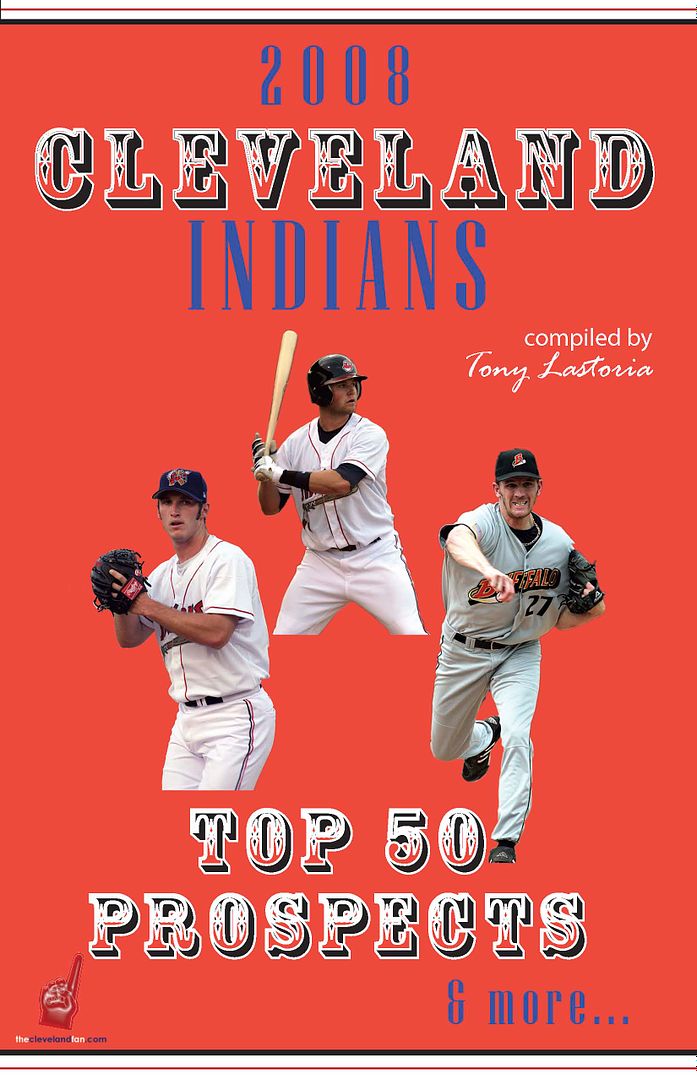
 Everything on this site is free, but for those interested in making any monetary contributions to help support the stability and growth of this site please click on the "Donate" button below.
Everything on this site is free, but for those interested in making any monetary contributions to help support the stability and growth of this site please click on the "Donate" button below.


0 comments:
Post a Comment